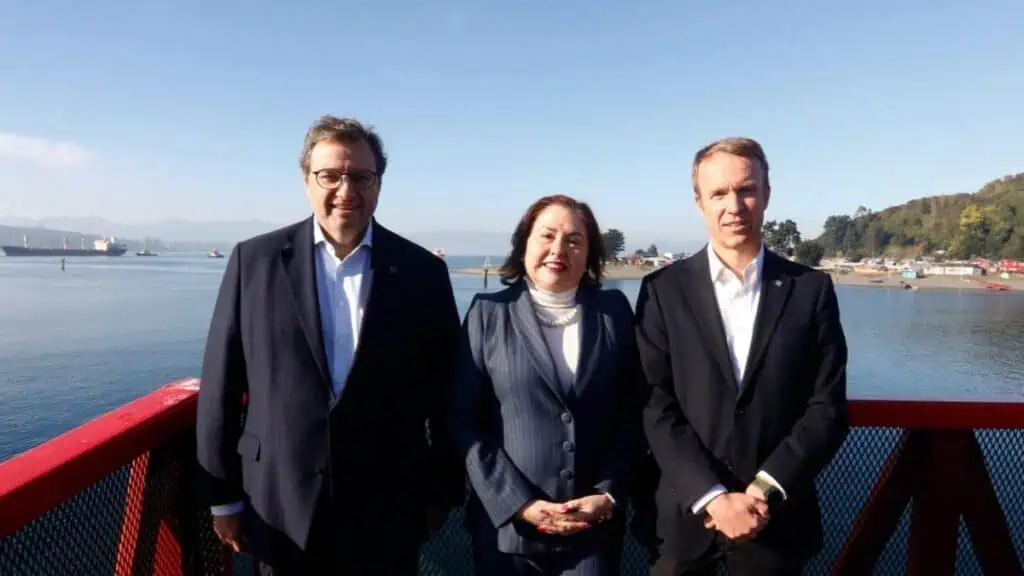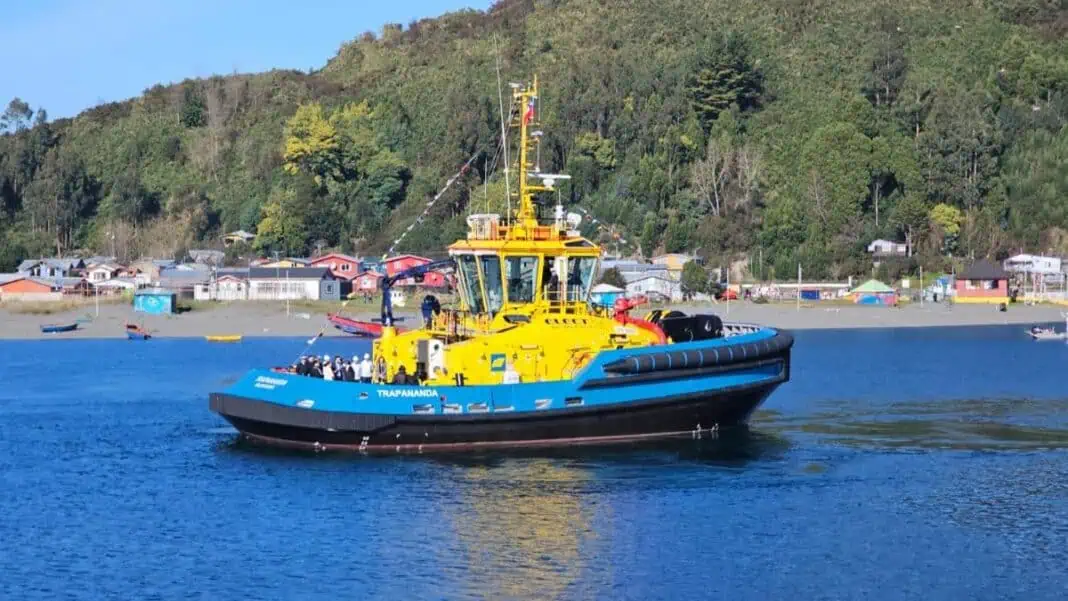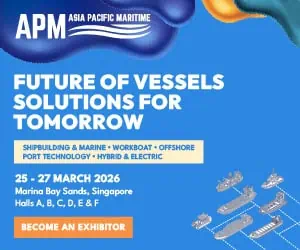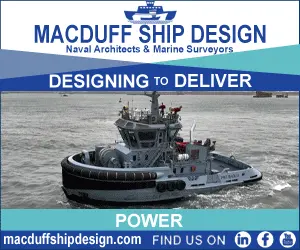SAAM, a leading player in the maritime sector, has achieved a historic milestone with the christening of the Trapananda, marking the arrival of Latin America’s first electric tug. This significant development not only represents a breakthrough for the region but also highlights a progressive step towards enhancing sustainability in maritime operations.
The vessel stands out because of its zero direct CO2 emissions and ability to reduce underwater noise, thereby protecting marine life and contributing actively to the decarbonization of the port sector. Thanks to a strategic partnership with Enap, the electric tug will operate in one of the southernmost terminals in the world—Puerto Chacabuco, in the Aysén Region, supporting ship berthing and deberthing manoeuvres.
“The arrival of the Trapananda marks a before and after for our industry. We are moving decidedly toward cleaner, more efficient and environmentally friendly operations. This project is a vision for the future: we are developing solutions that not only tow and assist ships, but also mobilizing a shift towards a truly sustainable logistics chain. On this path, we have found in Enap a partner with a shared vision,” said SAAM CEO Macario Valdés.
“At Enap we have a clear mandate: to ensure a reliable, efficient and quality energy supply for Chile. But today this mandate goes beyond compliance, it demands transformation. In our 80 years of history, we reaffirm our commitment to the country by innovating responsibly with a vision of the future. This new tug, the result of a fruitful partnership with SAAM, demonstrates that when the public and private sectors work together decisively, they can advance on complex challenges like decarbonization. This step is a concrete sign that we can accelerate the energy transition through collaboration and action,” added Enap’s Chairwoman, Gloria Maldonado.

Operated by a local SAAM team trained for high-precision manoeuvres, this unit joins the two electric tugs the company already has in Canada.
The vessel’s christening ceremony, held at the Empormontt Passenger Terminal, brought together local officials, executives from both companies and representatives of the maritime port community, marking a key moment in the evolution towards a cleaner, more efficient industry.
The tug was christened Trapananda in honour of the ancient name of Chilean Patagonia, a remote, untamed land covered with dense jungles that represented an unexplored and challenging territory for the first Spanish explorers.
With this name, SAAM seeks to pay tribute to the history, strength and unique beauty of southern Chile, where this vessel will begin operating.
Trapananda Technical Specs
The tug measures 25 meters in length and 13 meters in beam. It boasts 70 tons of bollard pull capacity, enabling it to assist large vessels in challenging harbor conditions. The craft is equipped with two, 2,100-kW electric azimuth thrusters and is powered by a 3,616-kWh capacity lithium-ion battery, distributed in two compartments.
Its design—created by Robert Allan Ltd. and built by the Sanmar shipyard in Turkey—is optimized to reduce hull resistance while maximizing energy efficiency. The batteries are remotely monitored by the manufacturer from Norway and have an estimated life of 10 years.
The vessel underwent rigorous seaworthiness testing and will be operated by a highly specialized local team that was trained in Canada.












